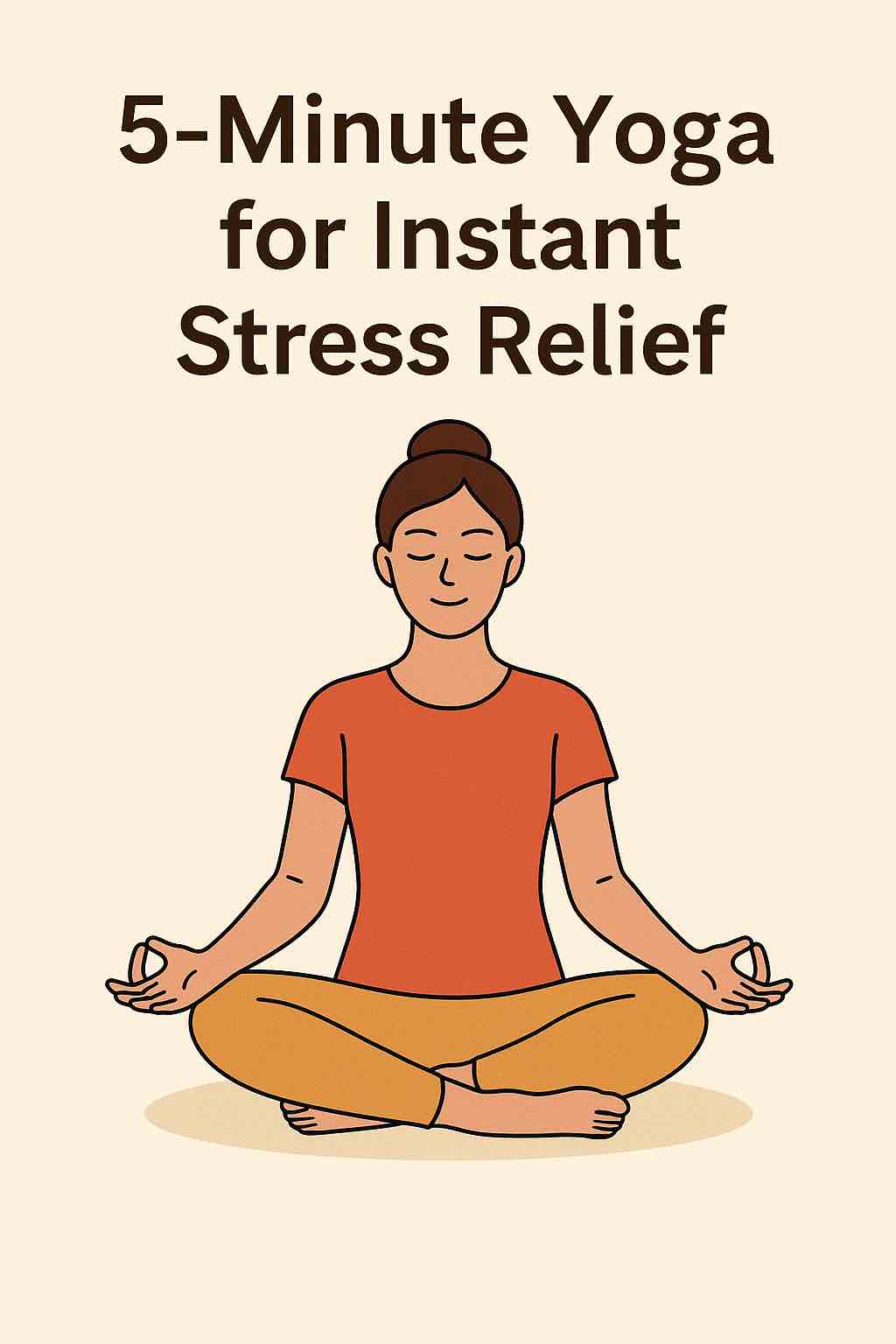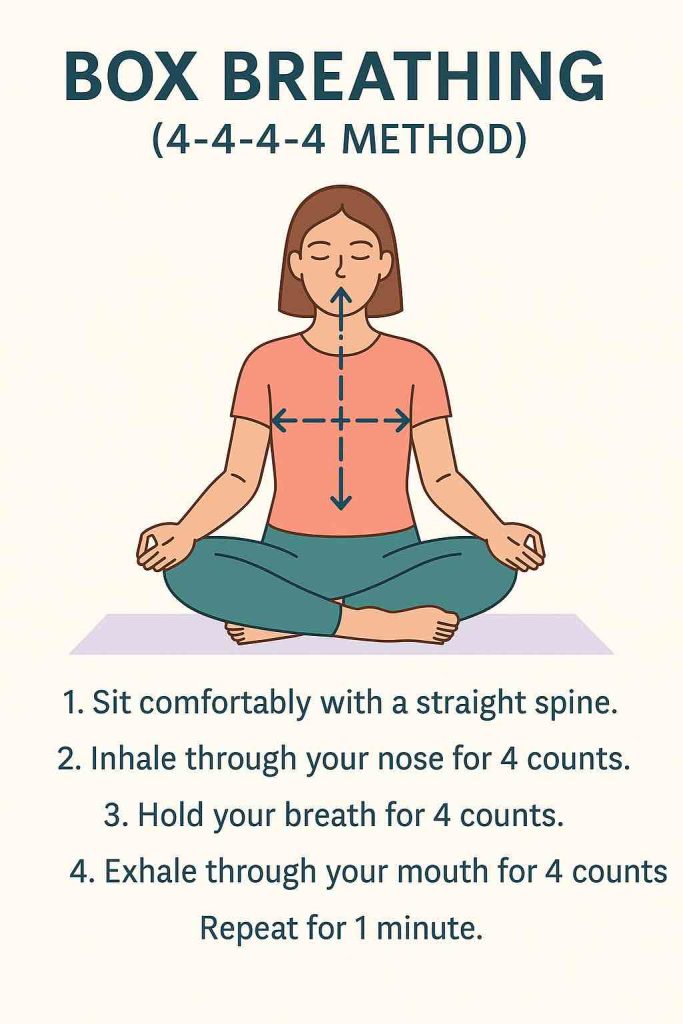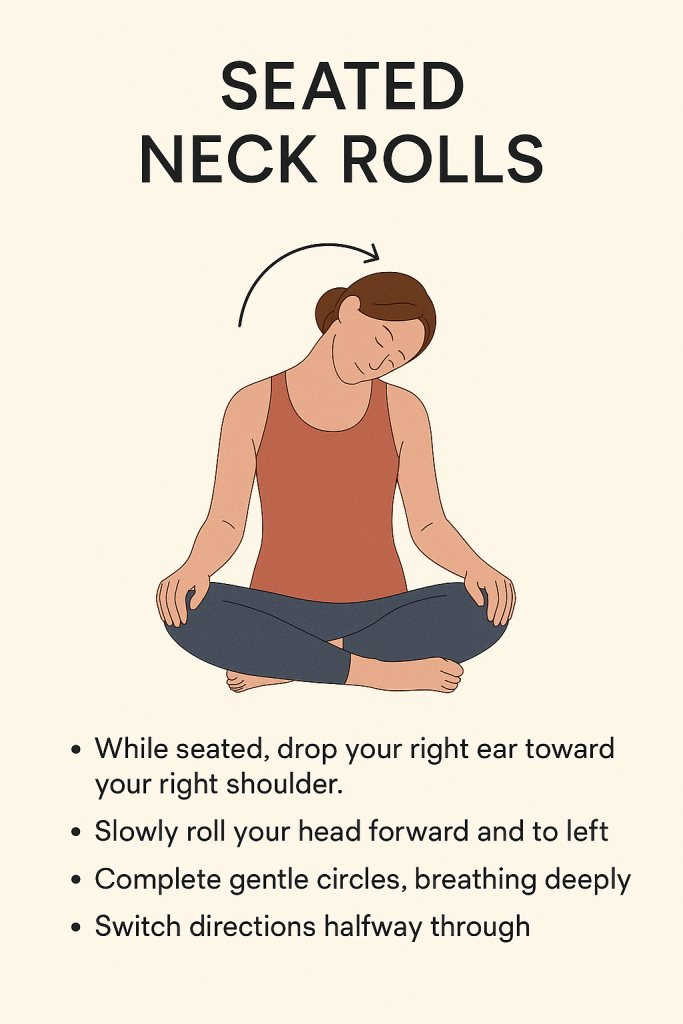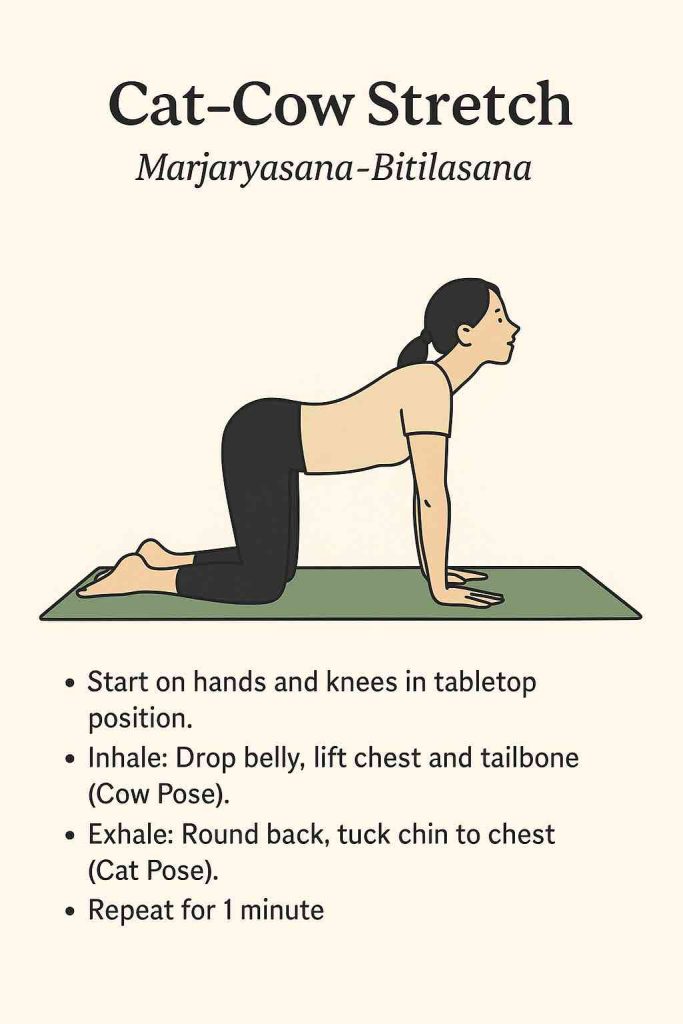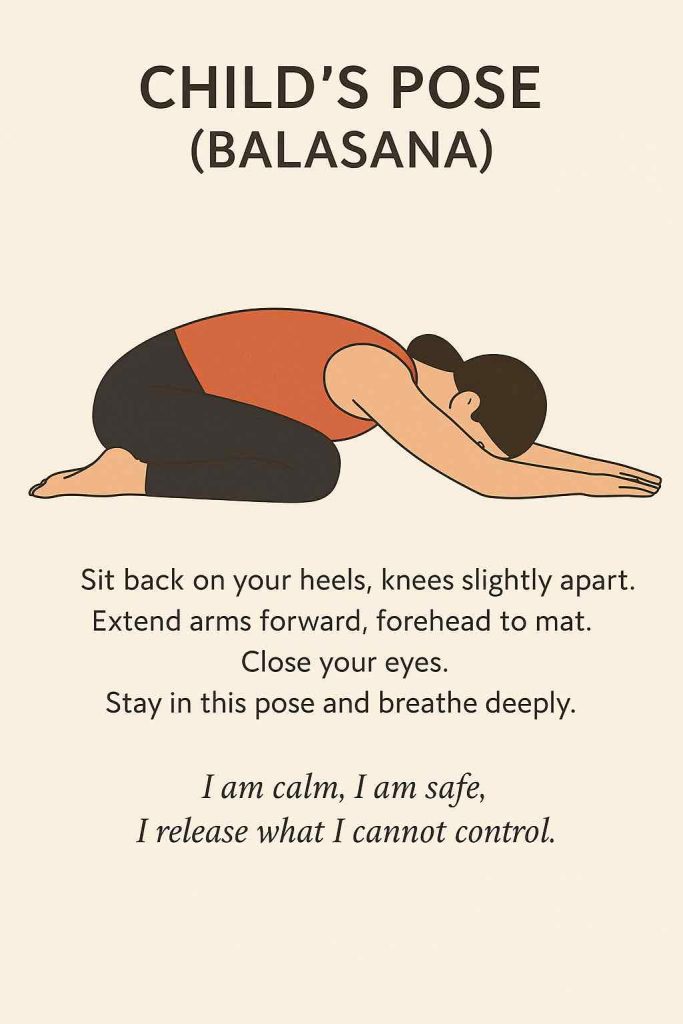
Introduction: The Rise of Corporate Wellness
In today’s fast-paced corporate world, the health and well-being of employees have taken center stage. As companies grapple with the challenges of employee retention, engagement, and productivity, the focus has shifted towards creating a holistic work environment that prioritizes both mental and physical health. Enter the realm of corporate wellness—a proactive approach to ensure that employees are at their best, both in mind and body.
Corporate wellness programs have been around for a while, but their importance has skyrocketed in recent years. With the advent of remote work, the lines between professional and personal lives have blurred, making it even more crucial for companies to step in and offer solutions that promote a balanced lifestyle. Among the myriad of wellness initiatives, one stands out for its simplicity, inclusivity, and effectiveness: the corporate step challenge.
At its core, a step challenge is a friendly competition where employees are encouraged to walk more, be it through daily routines, dedicated walking breaks, or even weekend hikes. But why has something as basic as walking become a cornerstone of corporate wellness? The answer lies in the myriad of benefits walking offers—from boosting cardiovascular health to reducing stress and improving mental clarity.
Debunking the 10,000 Steps Myth
The number 10,000 has become synonymous with the ideal daily step count. It’s a figure that’s been popularized by pedometers, fitness trackers, and wellness experts alike. But where did this number come from, and is it truly the golden standard for everyone?
Interestingly, the origin of the 10,000 steps benchmark can be traced back to a marketing campaign. In the 1960s, a Japanese company released a pedometer named “Manpo-kei,” which translates to “10,000 steps meter.” The number wasn’t based on extensive scientific research but was chosen because it was a round and appealing figure.
Recent studies have shown that while 10,000 steps can be a great goal for many, it’s not a one-size-fits-all solution. Factors like age, fitness level, and specific health goals can influence the ideal step count for an individual. For some, aiming for 6,000 steps with more vigorous activity might be more beneficial, while others might benefit from a higher count of 12,000 steps with moderate activity.
The key takeaway? While 10,000 steps is a commendable goal, it’s essential to tailor step challenges to the individual needs of employees. Flexibility and personalization can lead to better engagement and more sustainable results.
DIY Corporate Step Challenge: A Comprehensive Guide
So, you’re convinced of the merits of a step challenge and are ready to roll one out in your organization. Great decision! Here’s a step-by-step guide to ensure your challenge is a resounding success:
- Setting Clear Objectives: Before diving into the logistics, define what you aim to achieve with the challenge. Is it to boost overall employee health, reduce stress levels, foster team bonding, or perhaps a mix of all three? Having clear objectives will guide the structure of your challenge and help in measuring its success.
- Crafting the Rules: A well-defined set of rules is crucial. Decide on the duration of the challenge (a week, a month, or longer), daily step goals, and how steps will be tracked and verified. Ensure that the rules are simple, fair, and accessible to all, regardless of their fitness levels.
- Choosing the Right Tracking Tools: In today’s digital age, there’s no shortage of tools to track steps. From wearable devices like Fitbit and Garmin to smartphone apps, choose a method that’s convenient for participants. If possible, offer multiple tracking options to cater to different preferences.
- Communication is Key: Regularly update participants about the challenge’s progress. Use emails, intranet posts, or even dedicated chat groups to share daily leaderboards, offer motivational tips, and celebrate milestones.
- Inclusivity Matters: Remember that not everyone might be able to walk extensively due to medical reasons. Offer alternative activities that they can participate in, ensuring that everyone feels included.
By following this guide, you’ll be well on your way to launching a corporate step challenge that’s engaging, effective, and most importantly, beneficial for your employees’ well-being.
4. Beyond Steps: Innovative Challenge Ideas
While walking is a universally accessible and beneficial activity, it’s essential to recognize that a step challenge can be so much more than just counting steps. By introducing innovative ideas, you can ensure sustained interest, cater to diverse preferences, and achieve a broader range of wellness outcomes. Here are some fresh concepts to elevate your corporate step challenge:
- Distance-Based Challenges: Instead of focusing solely on steps, set challenges based on distance. For instance, “Walk the Length of the Great Wall of China” or “Trek Across the Sahara Desert” can be exciting themes. Convert the actual distances into step equivalents and track progress accordingly.
- Virtual Destination Walks: Use apps or platforms that allow participants to virtually “travel” to different destinations based on their step counts. As they reach specific milestones, they can unlock information, pictures, or even virtual tours of those places.
- Team-Based Challenges: Foster camaraderie and teamwork by organizing team-based challenges. Groups can compete against each other, promoting a sense of community and collective achievement. Themes like “Race to Mount Everest’s Peak” can make the challenge more engaging.
- Activity Conversion: Recognize other forms of physical activity beyond walking. Create a conversion chart where activities like cycling, swimming, or yoga can be translated into step equivalents. This ensures inclusivity for those who might prefer or benefit more from other exercises.
- Tiered Goals: Instead of a fixed step goal for everyone, introduce tiered goals based on individual fitness levels. Beginners could aim for 5,000 steps, intermediates for 8,000, and advanced participants for 12,000 or more. This personalization ensures that everyone is challenged at their own level.
- Mindfulness Walks: Introduce the concept of mindfulness walks where the focus isn’t just on the number of steps but the quality of the walk. Encourage participants to take breaks, walk in nature, and practice mindfulness during these sessions.
5. Motivating Employees: Prize Ideas That Work
The promise of rewards can be a significant motivator for many. While the intrinsic benefits of improved health and well-being are paramount, a little external motivation can go a long way. Here are some prize ideas to incentivize participation:
- Gift Cards: Offer gift cards from popular retailers, cafes, or online platforms. They’re versatile and allow winners to choose their own rewards.
- Wellness Products: Think fitness trackers, resistance bands, yoga mats, or even massage vouchers. These not only reward participants but also encourage a continued focus on health.
- Extra Vacation Days: A highly coveted reward! Offer an extra day off for the top performers. It’s a win-win as they get a well-deserved break, and it emphasizes the company’s commitment to work-life balance.
- Workshop Access: Sponsor winners’ access to workshops or courses of their choice. It could be related to fitness, nutrition, mental well-being, or any other area of personal development.
- Feature Winners: Celebrate the top performers in company newsletters, the intranet, or even on social media (with their consent). Recognition can be a powerful motivator.
6. Engaging the Modern Workforce: Tips for Hybrid and Remote Teams
The modern workforce is increasingly diverse in terms of where and how they work. With the rise of remote and hybrid working models, it’s crucial to ensure that everyone, irrespective of their location, feels included in the step challenge.
- Unified Platforms: Use digital platforms that are accessible to all, whether they’re in the office, at home, or on the go. Ensure that the chosen platform is mobile-friendly and offers features that cater to remote participants.
- Virtual Meetups: Organize virtual walking meetups where remote employees can join a video call and walk together, simulating group walks.
- Diverse Communication Channels: Use a mix of emails, chat groups, video messages, and virtual bulletin boards to communicate challenge updates and news, ensuring that everyone stays in the loop.
- Feedback Loops: Regularly gather feedback from remote participants to understand their unique challenges and needs. Use this feedback to make real-time adjustments and ensure inclusivity.
By considering the diverse needs of the modern workforce, you can ensure that your corporate step challenge is truly inclusive, engaging, and effective for all.
7. Measuring Success: Key Metrics and Feedback
The success of any corporate initiative, including a step challenge, hinges on its measurable impact. While participation and enthusiasm are great indicators, it’s essential to delve deeper into metrics and feedback to gauge the true success of your challenge and identify areas for improvement.
- Participation Rate: This is the most basic metric. Track the percentage of employees who signed up for the challenge versus the total number of employees. A high participation rate indicates that the challenge resonated well with the workforce.
- Average Daily Steps: Calculate the average number of steps taken by participants each day. This will give you an idea of the overall activity levels achieved during the challenge.
- Goal Achievement: How many participants met or exceeded the step goals set for them? This metric can help assess the challenge’s difficulty level and whether it needs adjustment in future iterations.
- Engagement Metrics: Use your tracking platform to measure metrics like daily logins, leaderboard checks, and interactions (likes, comments, shares). High engagement indicates that participants were not just walking but were also actively involved in the challenge’s community aspect.
- Feedback Surveys: At the end of the challenge, distribute a feedback survey to all participants. Ask about their experience, what they liked, what they didn’t, and any suggestions for improvement. Direct feedback is invaluable for refining future challenges.
8. Conclusion: The Path Forward for Employee Wellness
The corporate landscape is ever-evolving, with employee wellness becoming a cornerstone of modern organizational culture. Step challenges, with their simplicity and inclusivity, offer a fantastic avenue to promote physical activity, camaraderie, and overall well-being.
While the immediate benefits, such as increased activity levels and improved mood, are evident, the long-term impacts are even more profound. Regular physical activity can lead to reduced health risks, lower healthcare costs for organizations, improved productivity, and enhanced job satisfaction.
As we move forward, it’s essential to view step challenges not as isolated events but as part of a broader wellness strategy. By integrating feedback, staying updated with the latest wellness trends, and continuously innovating, companies can ensure that their wellness initiatives remain effective, engaging, and beneficial for all.
9. Engage with Us!
Your journey doesn’t end here. We invite you to share your experiences, challenges, and successes with corporate step challenges. Have questions or need advice? Reach out! Our community of wellness experts and enthusiasts is here to help and guide.
- Share Your Story: Did your organization recently host a step challenge? Share your story, photos, and results with us. Let’s celebrate your achievements together!
- Ask Questions: If you’re planning a step challenge and have questions or need guidance, don’t hesitate to ask. Our community is here to assist.
- Stay Updated: Sign up for our newsletter to stay updated with the latest in corporate wellness, upcoming webinars, and more.
Your commitment to employee wellness is commendable, and we’re here to support you every step of the way!
Frequently Asked Questions (FAQs)
1. Why are corporate step challenges becoming increasingly popular?
Corporate step challenges have gained traction due to their simplicity, inclusivity, and effectiveness. They promote physical activity in a fun, competitive manner, fostering camaraderie among employees. Additionally, with the rise of remote work, such challenges offer a unified activity that bridges the gap between in-office and remote employees, promoting a sense of community.
2. How can I ensure maximum participation in our company’s step challenge?
Effective communication is key. Start by creating awareness about the benefits of the challenge. Use engaging promotional materials, testimonials from previous participants, and leadership endorsements. Offering attractive rewards and ensuring the challenge is inclusive for all fitness levels can also boost participation.
3. Are there alternatives to the traditional 10,000 steps goal?
Absolutely! The ideal step count can vary based on individual fitness levels, age, and health goals. Some might benefit from a lower count combined with more vigorous activities, while others might aim for a higher step count. It’s essential to offer flexible goals to cater to diverse needs.
4. How can we include employees who have physical limitations or can’t walk extensively?
Inclusivity is crucial. Consider introducing activity conversions where other forms of physical activity, like cycling or swimming, can be translated into step equivalents. Also, mindfulness walks or wellness sessions can be alternatives that focus on mental well-being rather than physical exertion.
5. What tools or platforms are recommended for tracking steps and engagement?
There’s a plethora of digital platforms and wearable devices available today. The choice depends on your company’s budget and preferences. Some popular options include Fitbit, Garmin, and smartphone apps. Ensure the chosen platform is user-friendly, mobile-compatible, and offers features like leaderboards and social interactions.
6. How can we measure the success of our step challenge beyond just step counts?
While step counts provide a direct measure, delve deeper into metrics like participation rate, engagement levels, feedback surveys, and health improvements. Also, consider the challenge’s impact on team bonding, morale, and overall workplace atmosphere.
7. Can step challenges be integrated into a broader corporate wellness strategy?
Definitely! Step challenges can be a stepping stone (pun intended) to a comprehensive wellness program. Based on the challenge’s success and feedback, companies can introduce other wellness initiatives like nutrition workshops, mental health sessions, and fitness classes.
Blog Tags for the Post:
Corporate Wellness, Step Challenge, Employee Engagement, Physical Activity, Workplace Health, Wellness Strategy, Remote Work, Team Bonding, Fitness Goals, Health Metrics, Wellness Programs, Activity Tracking, Mindfulness Walks, Employee Feedback, Organizational Culture
